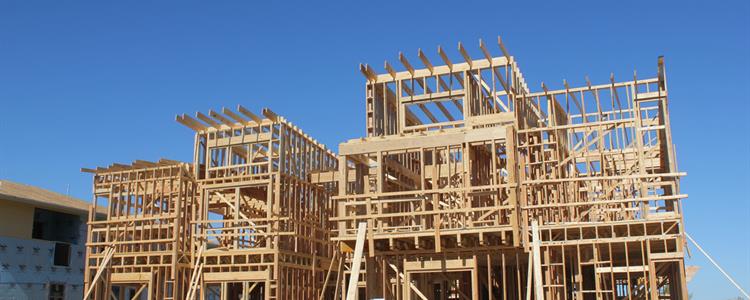Regular readers of our blog know we spend a lot of time talking about woodworm. In past posts, we have explained how woodworm damages timbers and how to effectively kill woodworm larvae. All this is good information, but it’s not enough if you're part of the building trades. We encourage you to learn how to identify woodworm on sight.
People who work in the building trades are in a unique position. Whether they are doing refurbishments, making repairs, or even adding extensions to existing homes, they have the opportunity to see exposed timbers to a degree that homeowners do not. If they can learn to identify woodworm as effectively as those of us in the pest control industry can, members of the building trades could be a first line of defence for property owners.
Early Detection Is Key
Woodworm is to building timbers what cancer is to the human body. And like cancer, early detection of woodworm is key to effective treatment. The sooner we know a building is infested, the more quickly we can begin treating timbers. Early treatment increases the chances that we get it all, the first time.
The challenge with woodworm is getting to it before significant damage has been done. Contrary to what most people think, the insect behind woodworm is not actually a worm. It is the larval state of a certain kind of beetle. The larva, after hatching from eggs left behind by an adult beetle, begin to bore into the wood as they grow. They feed on the wood.
More than a year later, what started as larva emerges from the wood as a fully-grown beetle. If property owners do not call in a company like ours until after beetles begin emerging, much of the damage has already been done. On the other hand, if woodworm was identified shortly after the larva began boring into the wood, a single treatment could stop the infestation in its tracks.
Light vs Heavy Treatment
At Thames Valley Timber Treatment, we offer both light and heavy treatments for woodworm. Both kill woodworm effectively, so it is just a matter of choosing the right treatment.
A fairly new and light infestation can be addressed with a curative surface treatment. The chemicals used in this treatment will kill beetles as they emerge from bore holes. This obviously prevents them from reproducing and, as such, averts further infestation. A heavier and more mature infestation requires a more aggressive treatment.
Such treatments are meant to deal with larvae that have already found their way deep into timbers – we’re talking 2 mm or more here. Killing woodworm that deeply rooted requires specialised pastes and gels. If the damage is severe enough, affected portions of timber may need to be replaced.
If you're in the building trades, you can help your customers and companies like ours by learning to identify woodworm on sight. Help us help your clients by being their first line of defence.

